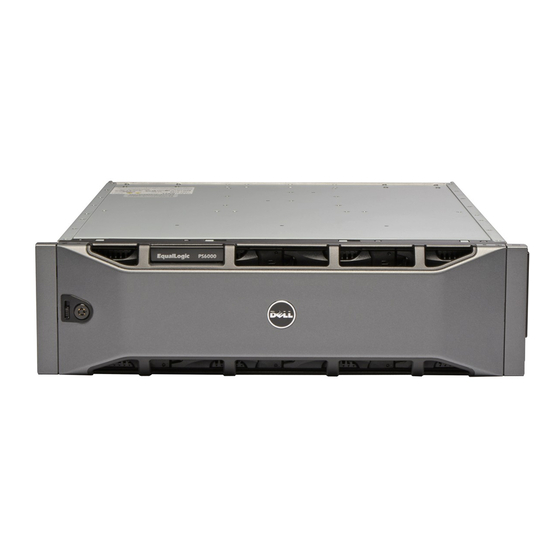
Dell EqualLogic PS4100 Hardware Manual
Equallogic ps series iscsi storage arrays with microsoft windows server failover clusters
Hide thumbs
Also See for EqualLogic PS4100:
- Hardware maintenance manual (47 pages) ,
- Installation and setup manual (41 pages) ,
- Configuration manual (152 pages)












Need help?
Do you have a question about the EqualLogic PS4100 and is the answer not in the manual?
Questions and answers